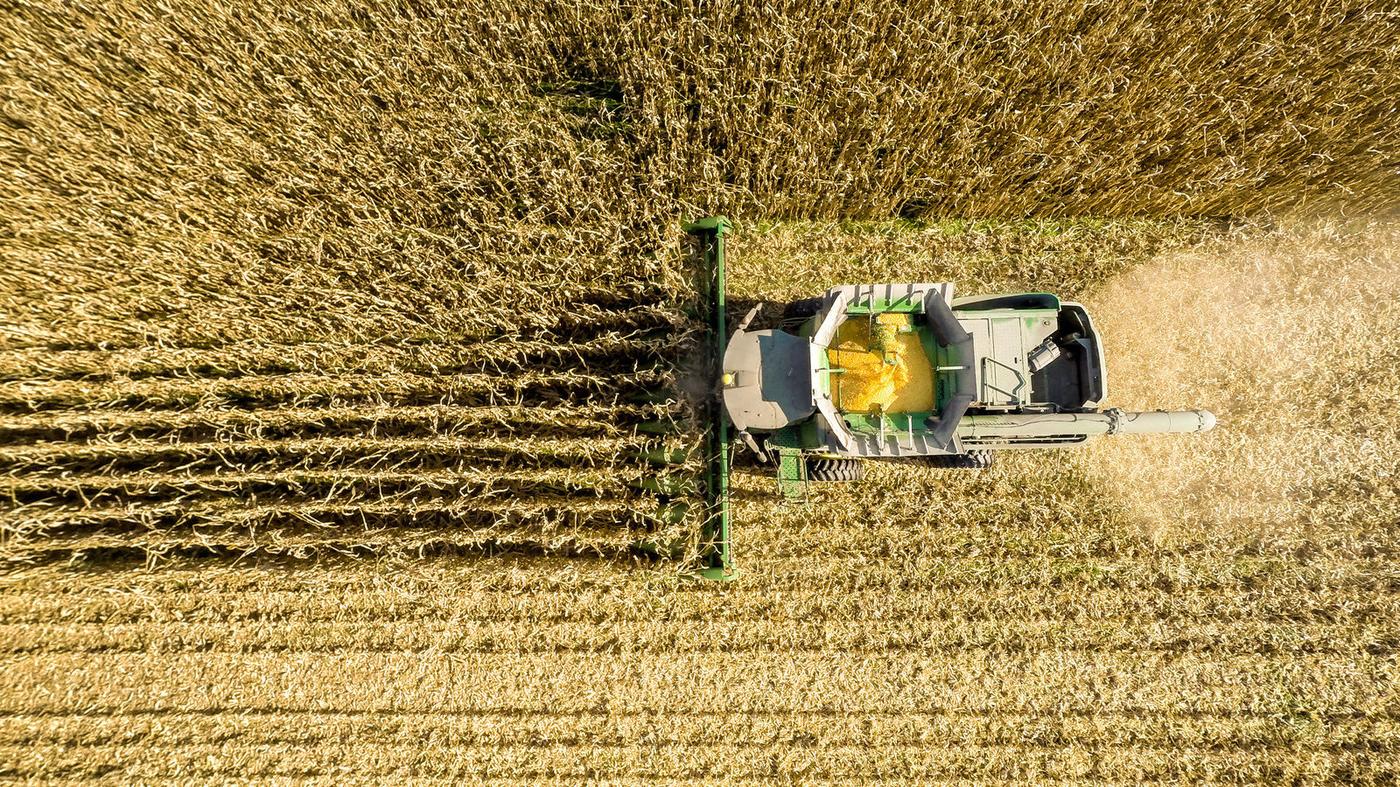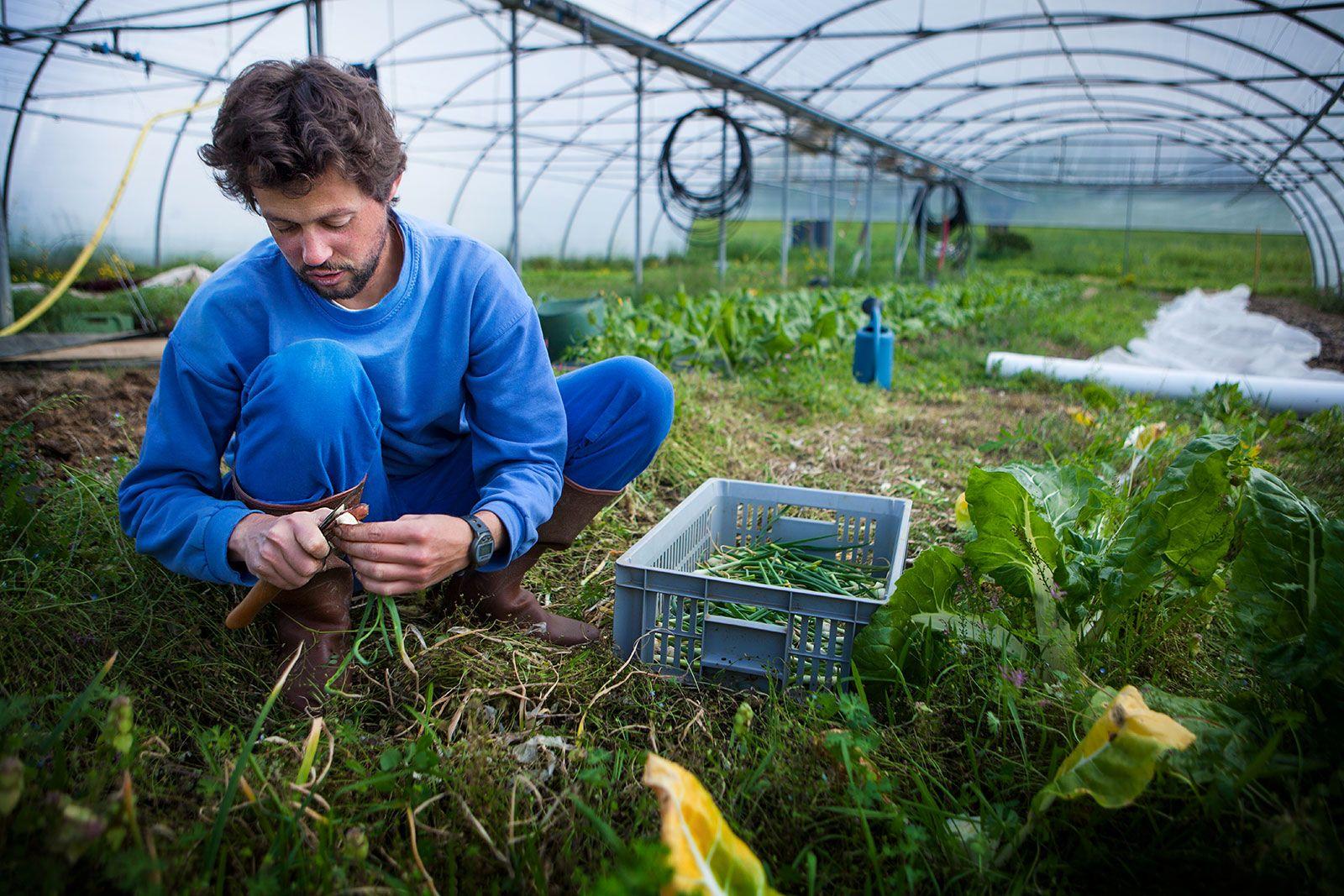What are the potential benefits of diversification in agricultural systems?
Diversification in agricultural systems can bring numerous benefits. One of the key advantages is the suppression of pests and diseases, leading to improved crop production, stability, and profitability. By diversifying crops and incorporating different species, farmers can create a more resilient farming system that is less vulnerable to outbreaks and can yield higher quality produce. Additionally, diversification plays a pivotal role in mitigating the impacts of climate change. With changing weather patterns and extreme events becoming more frequent, diversified farming systems can provide better water retention, temperature regulation, and soil health. This enhances the overall sustainability of agriculture and reduces reliance on external inputs.
What are some challenges that small farmers face in adopting diversification practices?
Small farmers face several challenges in adopting diversification practices. Firstly, economic constraints and access to resources are major barriers. Diversification often requires additional investment in equipment, infrastructure, and knowledge. Small farmers, who typically have limited financial resources, struggle to afford these investments and may find it difficult to access the necessary support services. Moreover, market considerations pose a challenge. The dominance of highly subsidized crops, such as corn and soy, creates a market bias that favors monoculture systems. Small farmers face difficulties in finding profitable markets for their diversified products, as the infrastructure and demand for diverse crops may be limited. Finally, limited data dissemination and lack of awareness about the benefits of diversification create a barrier to adoption. Many small farmers may not have access to the latest research and information on diversified farming practices, making it harder for them to make informed decisions and implement changes in their operations.
What actions can be taken to promote and support diversified farming systems in the United States?
To promote and support diversified farming systems in the United States, several actions can be taken. Firstly, there is a need for policy reform. Government subsidy programs should be revised to provide greater support for diversified crops and farming practices. This can involve incentivizing farmers to adopt diversification through financial assistance, grants, and tax breaks. Additionally, research initiatives focusing on the benefits and best practices of diversification should be supported. This can include funding research projects, establishing demonstration farms, and providing technical assistance to farmers. Furthermore, education and outreach programs need to be implemented to disseminate information about the advantages of diversification and provide training on how to successfully diversify farm systems. This can involve partnerships between government agencies, universities, farmer organizations, and extension services. Finally, collaboration and networking among farmers, researchers, and policymakers are vital. Creating platforms for knowledge-sharing, such as conferences, workshops, and online communities, can facilitate the exchange of experiences, ideas, and innovations related to diversified farming systems. By taking these actions, the United States can create an enabling environment that encourages and supports small farmers in adopting diversified farming practices, leading to a more sustainable and resilient agricultural system.
Full summary
Corn, a highly productive and versatile crop, is mainly utilized for biofuels and animal feed, placing it at the center of the American agricultural industry. Its extensive land and resource requirements have raised concerns about sustainability and resilience. Climate change and biodiversity loss further exacerbate the threats faced by U.S. agriculture, making diversification a critical strategy.
Diversification involves altering both the living organisms and human elements within farming systems, resulting in numerous benefits. One of the key advantages is the suppression of pests and diseases, which improves crop production, stability, and profitability. Moreover, diversification plays a pivotal role in reducing the impacts of climate change, such as water retention and temperature regulation.
There are various ways to diversify farm systems, including adopting different cropping systems, implementing agroforestry practices, and promoting livestock diversity. Each approach brings unique advantages, ranging from enhanced soil health to the creation of wildlife habitats. The potential shape of a diversified U.S. agricultural landscape is a subject of discussion, with experts emphasizing the need for comprehensive farm conservation assistance and advanced grazing management.
To encourage diversification, policymakers can implement risk management programs, support research initiatives, and enact legislation such as the Agriculture Resilience Act. These policies aim to incentivize a diversified food system that prioritizes environmental sustainability, food security, and economic viability.
Despite the benefits of diversification, challenges persist. Many small farmers, who play a crucial role in feeding the growing population, face economic constraints and lack access to resources. Government subsidies significantly influence America's food supply and consumption patterns, with highly subsidized crops like corn and soy dominating the ultra-processed food industry. Fruits and vegetables receive relatively little support, leading to suboptimal consumption levels.
A recent study published in Science Advances emphasized the positive relationship between diversification and ecosystem improvements. The analysis of thousands of studies revealed that diversification enhanced ecosystem services in a majority of cases while maintaining or improving crop yields. However, barriers related to government agricultural policies, market considerations, and limited data dissemination discourage farmers from adopting diversification practices.
In conclusion, the dominance of the corn system in American agriculture has widespread implications. However, the importance of diversification in restoring ecosystem function, improving food production, and reducing the negative impacts of climate change cannot be overstated. Action must be taken to support small farmers, reform government subsidy programs, and implement policies that incentivize diversified farming systems. Through collective effort, America can achieve a resilient, sustainable, and diverse agricultural landscape that meets the challenges of the future.













